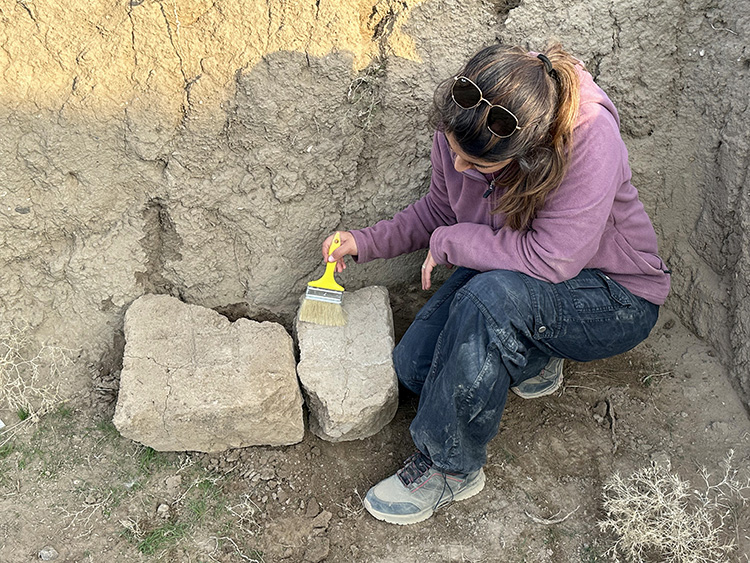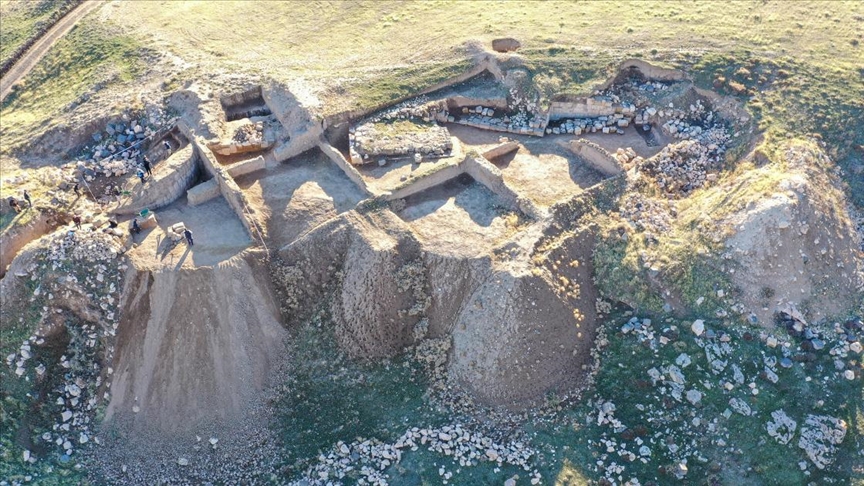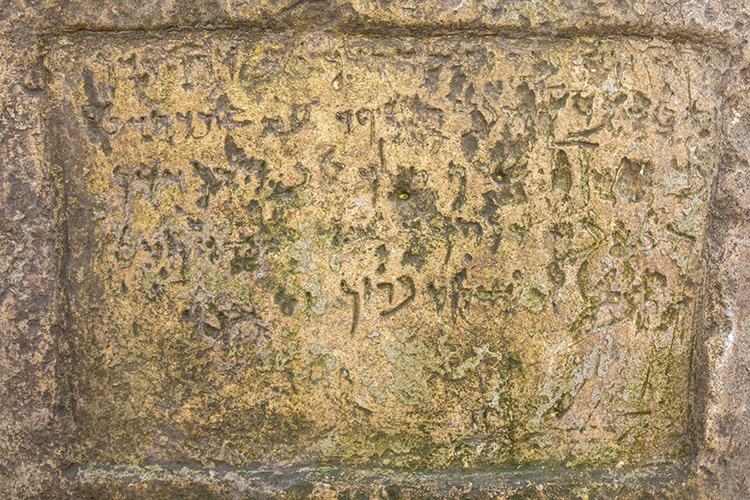
During the excavations at Zernaki Hill, mud brick fragments containing the map of the ancient city were found
In the gridded layout remnants of an ancient city covering approximately 270 hectares in Erciş district of Van, mudbrick pieces were discovered with sketches depicting the city’s layout.
The excavations at Zernaki Hill are being conducted under the leadership of Van Museum Directorate, supervised by Professor Dr. Rafet Çavuşoğlu, the Dean of the Faculty of Literature at Yüzüncü Yıl University and the Chair of the Archaeology Department.
In the excavations, mudbrick fragments were found upon which the croquis of the ancient city had been drawn.

At the excavations of the ancient city of Zernaki, five inscriptions in Aramaic had previously been discovered, along with walls measuring 4 meters 25 centimeters in width and 6 meters in length, as well as a circular-shaped tower with a diameter of 10 meters.
“Professor Dr. Rafet Çavuşoğlu told the AA correspondent that the fortress walls of the castle were constructed using a technique called ‘swallowtail bonding’ instead of mortar for earthquake resistance.

Describing their previous encounter during the excavations with a 10-meter diameter oval-shaped tower, Çavuşoğlu remarked, “Within the waste soil of the tower remains, we found two mudbrick pieces. The designs on these fragments excited us as they form a small schematic of the grid plan of the ancient city. It’s crucial for us to find more. These mudbricks are significant for displaying an ancient city’s sketch upon them. We anticipate acquiring other fragments in the forthcoming stages. One of the most remarkable features of the ancient city is the citadel situated in the west. Here, there are palace sections, temples, and locations of ancient city gates. We intend to unearth these in the upcoming years.”
Cover Photo: Necmettin Karaca/AA
You may also like
- A 1700-year-old statue of Pan unearthed during the excavations at Polyeuktos in İstanbul
- The granary was found in the ancient city of Sebaste, founded by the first Roman emperor Augustus
- Donalar Kale Kapı Rock Tomb or Donalar Rock Tomb
- Theater emerges as works continue in ancient city of Perinthos
- Urartian King Argishti’s bronze shield revealed the name of an unknown country
- The religious center of Lycia, the ancient city of Letoon
- Who were the Luwians?
- A new study brings a fresh perspective on the Anatolian origin of the Indo-European languages
- Perhaps the oldest thermal treatment center in the world, which has been in continuous use for 2000 years -Basilica Therma Roman Bath or King’s Daughter-
- The largest synagogue of the ancient world, located in the ancient city of Sardis, is being restored











Leave a Reply